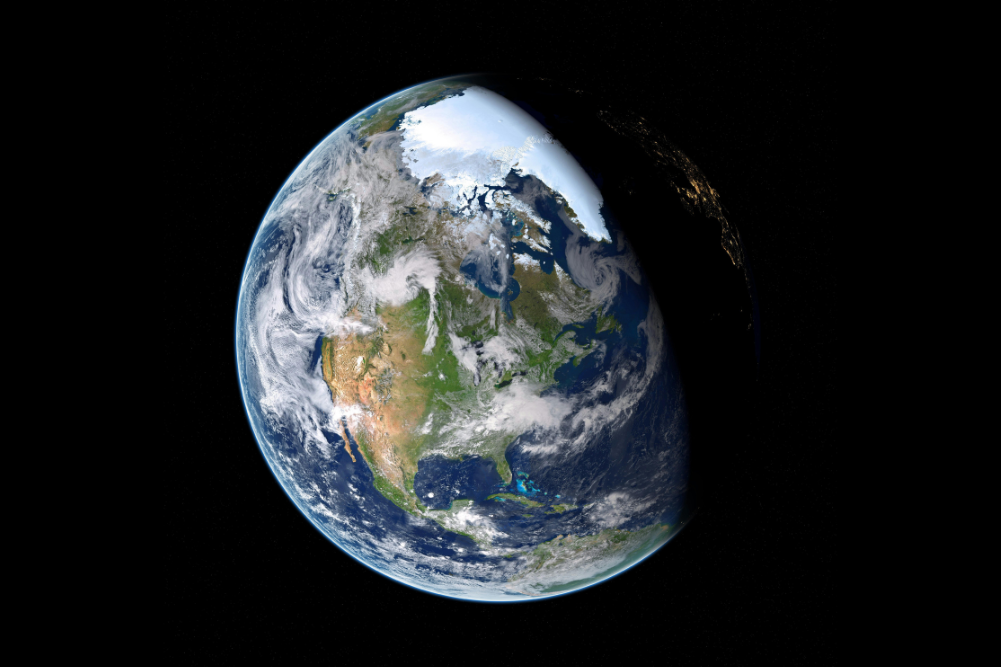The colour of starlight
Starlight, by definition, is the visible electromagnetic radiation that is emitted by stars, but there is more magic to it than that.
Every visible star is made of clouds containing cold hydrogen molecules that separate into pieces as they collapse with incredible amounts of gravitational force. The constant gravity pulls molecules towards the star’s core and causes nuclear fusion reactions to occur. These fusion reactions involve hydrogen protons fusing together to form helium and release energy in the form of gamma ray photons producing intense heat and light. So, the starlight we see is the result of fusion reactions occurring millions and billions of light years away.
Starlight reaches us through what astronomers call “ISM”, or the interstellar medium. This is the stuff that fills the space between stars. Space is not empty, it is full of gas and dust, so light from stars travels through this before it reaches us.
Our own star, the sun, is 150 million kilometres away and the light takes eight minutes to reach us on Earth. Some stars are billions of light years away and the light that is reaching our eyes now from stars comes from a time before our Earth even existed. One of the oldest stars in existence was identified in 2014 and, although it is only 6000 light years away, the star itself is 13.8 billion years old, which is about as old as the universe itself. When you look into the night sky, you are looking back to the beginning of time itself.
The other thing that astronomers have been able to calculate, based on the wavelengths of universal starlight, is the colour of the universe itself. That universal colour is a shade of yellowish-white and it has been given the name “cosmic latte”.








